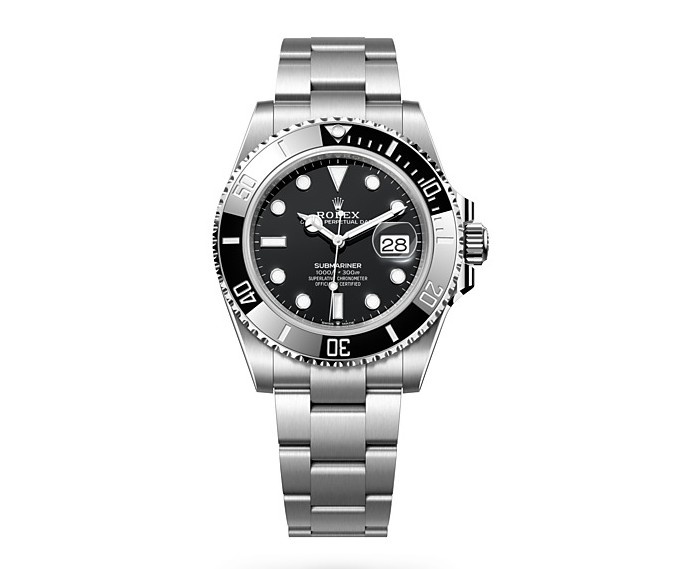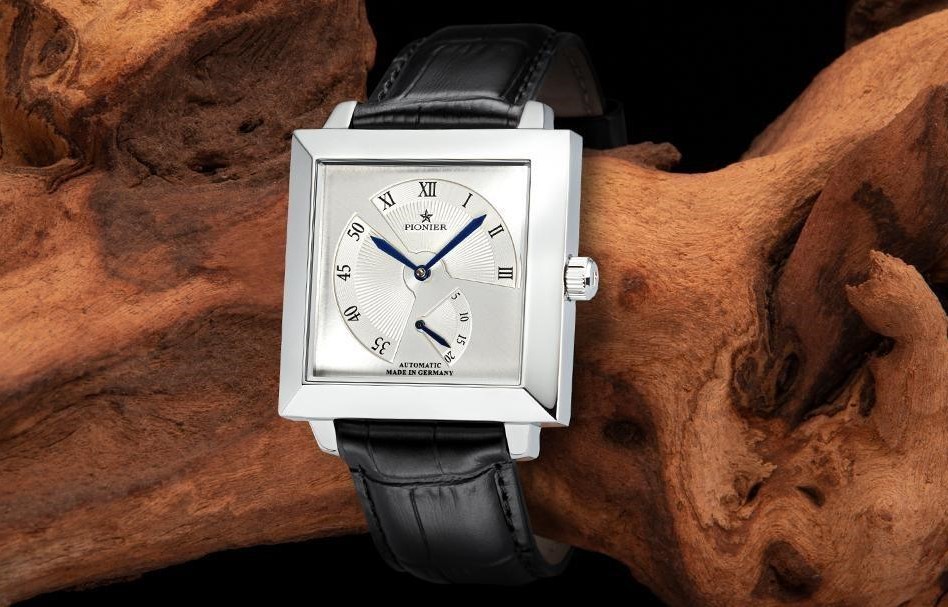
Your Ultimate Guide to Watch Water Resistance
Water-resistance is an essential aspect of a wristwatch that determines how much pressure your watch can withstand underwater. You should always check for water-resistance features if you are buying a watch, such as a Theorema watch, Filippo Loreti watch, or MVMT watch. This guide can help you understand water-resistance in wristwatches.
What Does Water Resistance Mean?
Water-resistance means how effectively a watch can withstand exposure to water. The standard atmosphere or ATM measures the water pressure level that it can endure. The chart includes the ranges of water-resistant levels that you may find.
| Range | Water Resistance Capacity (Up to) |
Usage |
|
3 ATM |
30 meters/100 feet |
Everyday use |
|
5 ATM |
50 meters/165 feet |
Swimming |
|
10 ATM |
100 meters/330 feet |
Snorkelling |
| 20 ATM | 200 meters/660 feet |
Scuba diving |
Don’t Confuse Meters for ATM
The ATM of a watch can be presented in the form of meters. However, this should not be confused with how many meters below sea level a watch can be taken. Instead, it is an indication of the pressure at sea level that a watch can tolerate. For example, a wristwatch with an ATM of 1 can handle 10 m of pressure. A watch that has an ATM of 5 can survive 50 m of pressure.
How to Use Watches in Water
If you want to know how and where you can use your watch in water, it is best to look up its ATM. Typically, you will find it engraved behind the watch. You can also look for this specification on a watch manufacturer’s website. Watches like Theorema watches and Pionier watches come with an ATM of 3. These watches can be safely worn while washing your hands or if it’s raining. However, you should not use it while swimming or diving. Theorema watch reviews can be an excellent source to find out additional information about the water-resistance.
What If Water Gets in Your Watch?
Many features of a watch keep it protected from water. The crown, case, and seal of a quality watch will prevent water from seeping in. However, if the crown is loose or if the seal is damaged, there is a chance moisture can form inside. If you see this type of damage, you should have it assessed by the watch’s manufacturer.
There are certain precautions and care you should take to prevent water damage. You can open the watch and check for its functionality every few years. This frequency can be increased if you’re using it in adverse conditions regularly. It may also be best to upgrade to a more durable watch if you notice significant damage that may prevent it from remaining water-resistant.



